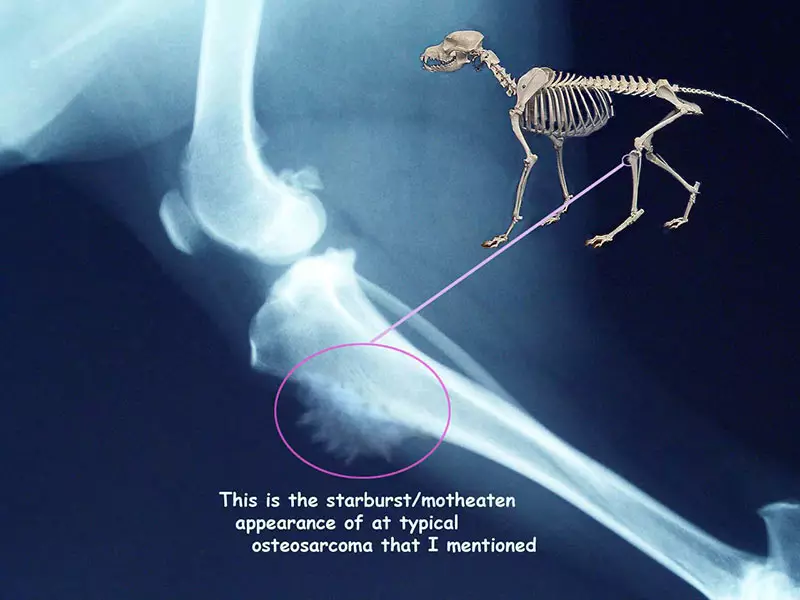symptoms of end stage bone cancer in dogs
Darkly colored sores are a sign of melanoma a cancer of the pigment-producing cells. Osteosarcoma commonly affects the limbs of dogs but can.

Signs Symptoms Of Bone Cancer In Dogs Matthews Vet Carolina Veterinary Specialists
Dog bone cancer occurs mostly in larger breeds of dogs.

. A rare type of bone cancer in dogs Fibrosarcoma occurs in less than 5 of all bone cancer cases. In addition it depends on the primary site of the tumor. These are the most typical signs of canine bone cancer that you should be aware of.
Dec 30 2020. Sometimes nausea from cancer treatments or cancer itself can be the culprit. The early signs associated with bone cancer may be non-specific in dogs.
If your dog is experiencing any of the above symptoms it may be time. Lack of Interest in Food andor Water. When it comes to diagnosing cancer in dogs there are a number of ways to go about this.
Bone Cancer in Dogs. Vomiting diarrhea lethargy reclusive behavior hair loss increased urination and increased or decreased thirst can appear during the early stages of cancer. Mast cell tumors on the skin cant be diagnosed just by looking at them because they dont always look the same.
Osteosarcoma accounts for approximately 85 of bone tumors in dogs. Affected dog may also exhibit other more systemic signs of cancer such as weight loss loss of appetite. The Dog Cancer Diet Full Spectrum Cancer Care Step 5.
Updated May 11 2021 Sometimes it starts with a misstep or subtle lameness. Observable tumor or mass growth with or without inflammation in the surrounding area. Canine Bone Cancer Symptoms.
Or a dramatic sudden fracture. While there are treatments and methods for achieving remission or even. Symptoms and Diagnosis of Dog Bone Cancer.
Unfortunately the symptoms of dog bone cancer can be subtle and hard to detect at first. Osteosarcomas are highly aggressive tumors characterized by painful bone destruction where the tumor grows. The American Veterinary Medical Association AVMA reports that one in four dogs will develop cancer at some time in their life and that 50 of pets over the age of 10 will develop cancer.
Articles Emotional Management End of Life Care Full Spectrum Cancer Care Full Spectrum Cancer Care Step 4. The final stages of osteosarcoma in dogs are characterized by spread to secondary tumors mostly localized to the lungs. As the tumor grows and damages surrounding bone and tissue your dog may start to show signs including.
However some cancers add a fifth. Stage IV cancer is marked by a large number of. Needle aspiration of masses.
Sometimes a biopsy is performed by taking a small piece of bone and testing it. Osteosarcoma tumors typically form in a dogs long bones or growth bones and are found frequently below the elbow or near the knee or shoulder. The median age at diagnosis is 8 years with a small peak of incidence in young animals younger than 3 years.
Loss of appetite and weight loss. Here is a summary of the most common symptoms of bone cancer in dogs. Stage IV and Stage V Cancer.
This translates in dogs showing respiratory signs. Other health conditions medications and even foods can certainly cause temporary nausea too. It happens most often in the axial skeleton jaw bones facial bones ribs and vertebrae.
It is diagnosed in 8000 to 10000 dogs each year in the US which accounts for roughly 85 percent of all canine bone tumors. This aggressive condition leads to the malignant abnormal growth of immature bone cells. Bone cancer is a common cancer in dogs especially in large and giant breeds.
Osteosarcoma is the most common primary bone tumor found in. With pets living longer than ever cancer has become a diagnosis that we see more commonly in older dogs. Osteosarcoma spreads throughout the body causing other health issues and can quickly become fatal.
The signs of bone cancer can be difficult to discern from the symptoms of other illnesses or diseases including even some canine depressive symptoms. This just means that the route of testing is usually different for each dog. You might notice other signs such as a lump on your pups skin a bump underneath the skin or a red ulcer-looking growth.
Signs and Symptoms of Bone Cancer in Dogs. Osteosarcoma is an aggressive cancer that often spreads to other parts of a dogs body. Stages are marked by the growth and expansion of abnormal cells throughout the dogs body.
Osteosarcoma A Deadly Bone Tumor of Dogs. Since the tumor starts deep within the bone your dog may not feel any pain or discomfort in the early stages. The protocol will often differ based on the symptoms your dog presents with.
Osteosarcoma is the most common type of primary bone cancer seen in dogs accounting for over 95 of all bone tumors. Lameness or limping as this means the cancer has spread. When the tumor first appears the site usually looks slightly swollen.
Approximately 85 percent of canine bone tumors are osteosarcomas osteo bone sarcoma cancer. In order to better understand what happens when bone cancer in dogs worsens it helps to firstly understand how this type of cancer impacts the dogs body. Or a small lump on the leg that becomes tender to the touch.
Some of the most common ways to test for cancer in dogs include. In contrast cancer grades mark the aggressiveness of those cells the speed at which they grow. Its the rare dog that doesnt want to eat.
Acupuncture Appetite Dog Cancer Diet Dog Cancer Life Quality Treatments Hospice Pharmaceuticals. Melanomas in dogs tend to affect the mouth and lips and they can also be found on their nail beds footpads and eyes. The vet will x-ray the area and can usually decipher bone cancer from the x-rays.
Most dogs will show signs of swelling and soreness in limbs close to joints. Lameness which can be intermittent or. Osteosarcoma is the most common primary bone tumor of dogs and nearly 10000 dogs are diagnosed with this cancer each year.
Disinterest in activities they once enjoyed. Specific signs will depend on where the tumor is located and may include a swollen paw eye discharge or sores in the mouth. Osteosarcoma usually develops deep within the bone.
The cancer usually originates inside the bone and spreads to the outside of the limb. Most canine cancers are marked by four stages. Check your dog for other warning signs such as enlarged lymph nodes unusual lumps and bumps on the body coughing or shortness of breath pale gums and persistent open wounds.
An estimated 10000 new diagnoses are made yearly mostly in large and giant breed dogs and it is seen only rarely in cats. Dog owners complain of cough which is typically non-productive exercise intolerance and respiratory distress. On top of dogs presenting symptoms derived from the primary tumor in advanced cases dogs will also show signs of lung cancer.
Lethargy and loss of energy. All my best Dr. Severe respiratory complications such as pleural effusion or infection.

Osteosarcoma And Pain Management Preceding Home Pet Euthanasia Paws Into Grace

The Devastating Truth About Osteosarcoma In Dogs Kingsdale Animal Hospital
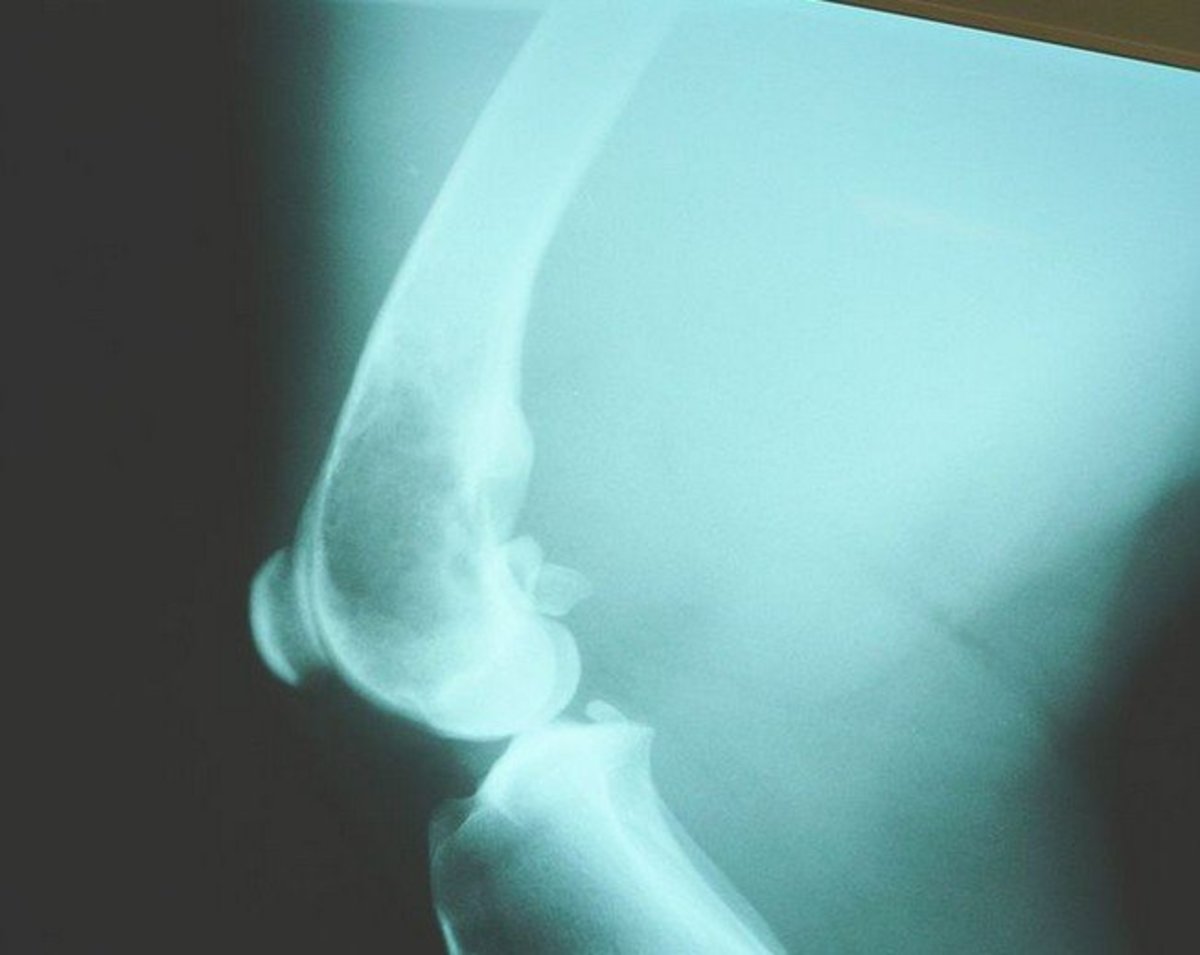
Signs Of Osteosarcoma Bone Cancer In Dogs Pethelpful
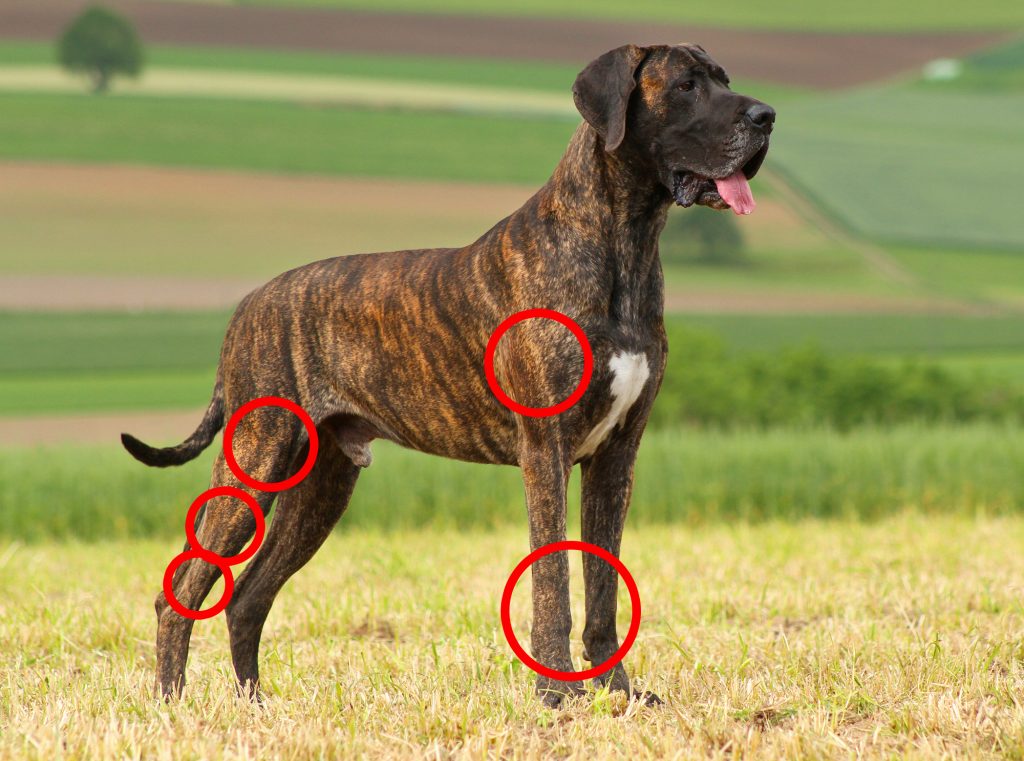
Bone Cancer Osteosarcoma Assoc For Healthy Great Danes
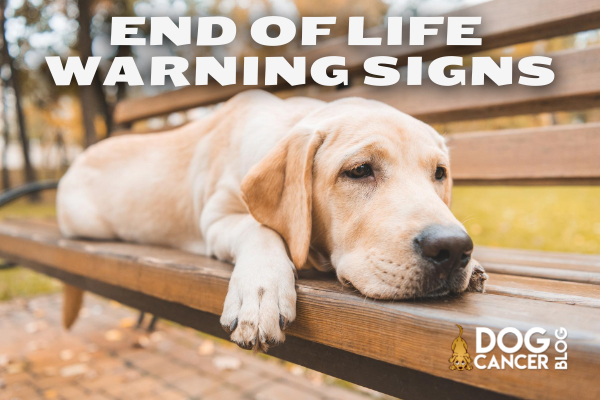
Is My Dog Dying Here Are Some Warning Signs And Symptoms Dog Cancer Blog
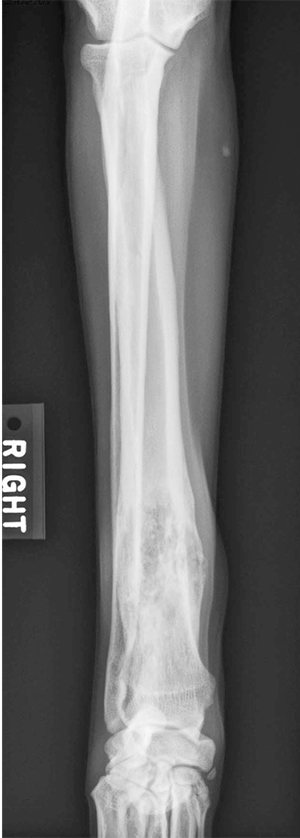
Case Study Canine Osteosarcoma

What You Need To Know About Dog Cancer Symptoms And Treatment Rau Animal Hospital
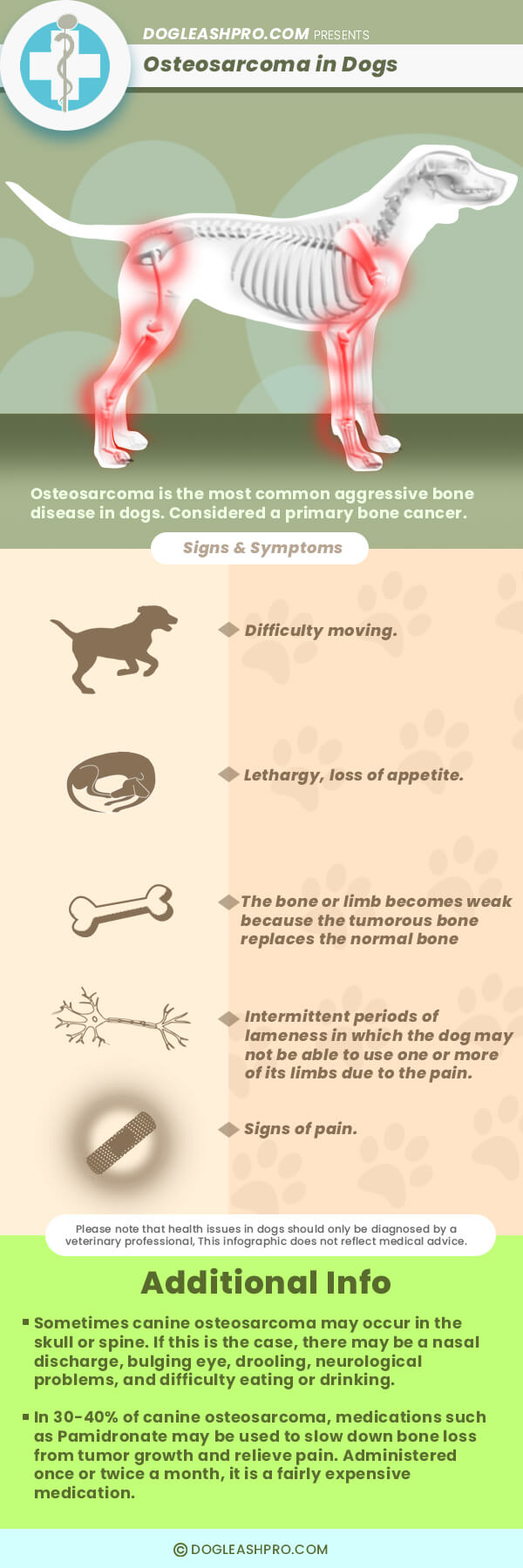
What Is The Right Time To Euthanize A Dog With Osteosarcoma Dog Leash Pro

Elements Of Oncology Strategies For Managing Cancer Pain In Dogs Cats

Learn About Osteosarcoma Bone Cancer In Dogs Petcure Oncology

Signs Of Bone Cancer In Dogs Memphis Veterinary Specialists Emergency In Cordova

What Is The Right Time To Euthanize A Dog With Osteosarcoma Dog Leash Pro
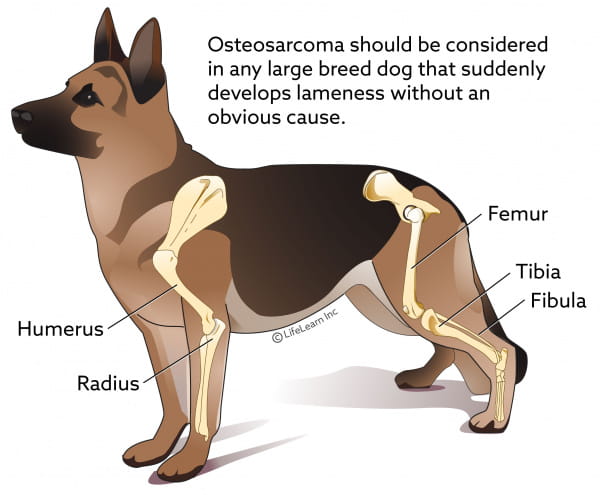
Osteosarcoma In Dogs Vca Animal Hospital

Signs And Symptoms Of Cancer In Dogs Daily Paws

The Canine Cancer Crisis Whole Dog Journal
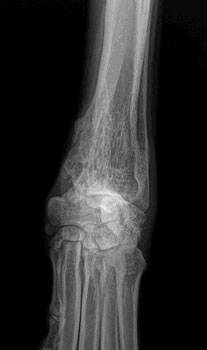
Osteosarcoma In Dogs Veterinary Partner Vin

Canine Osteosarcoma Fact Sheet Davies Veterinary Specialists

Bone Cancer In Dogs What You Need To Know About Osteosarcoma Part 1 Vlog 71 Youtube
